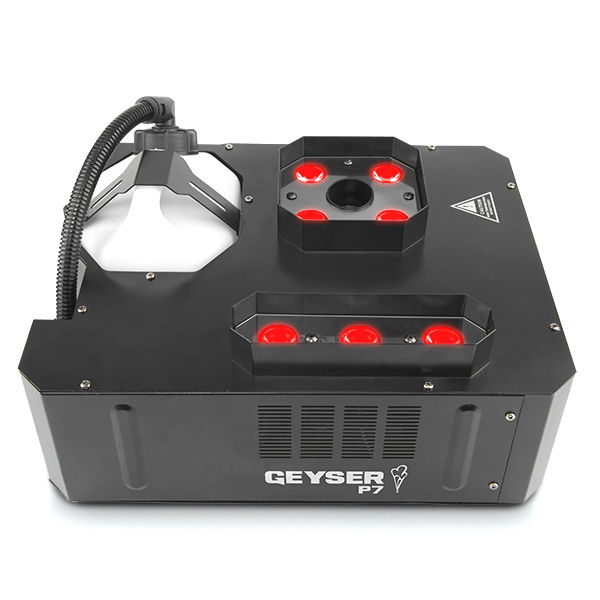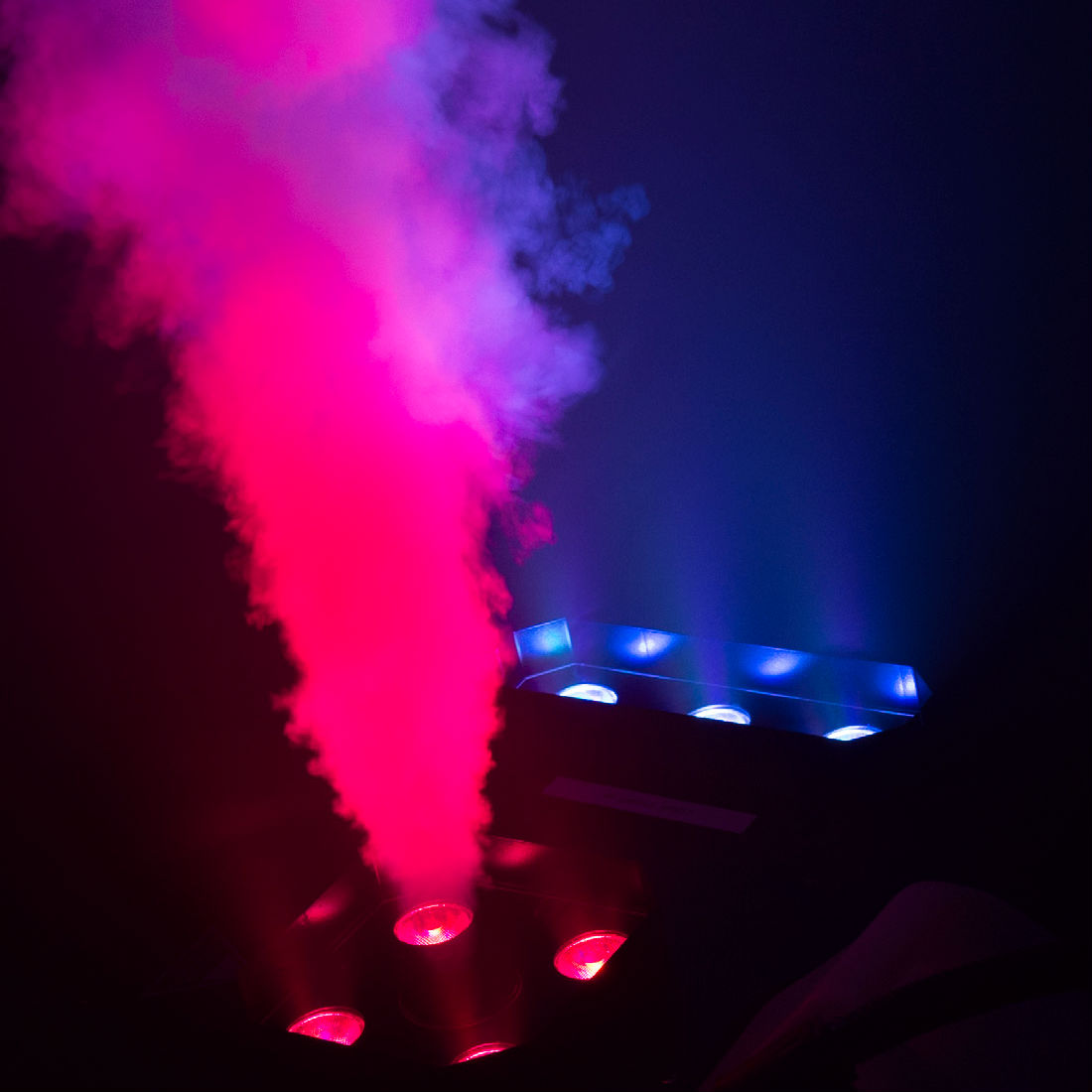Dimmers & Control Boards
Here's a short confession to start this week's article: I didn't start out in this business as a "pyro guy," in fact I didn't know anything about special effects when I started working in theatre. My first jobs in theatre (aside from supporting roles like "Tree #2" and "Haystack" in school pageants) were in the lighting department. And even though my days are now filled with foggers and pyrotechnics, I still have a warm place in my heart for a good control console and dimming system.
This week's special features our Dimmer Controller/Packs that are suitable for use in churches, small theatres or as part of a band or mobile DJ lighting package. I've found that people looking at lighting controllers and dimmers for the first time are sometimes confused about what components are needed and how everything works together to run the show. So this week I'd
like to take a look at how a basic dimming system is put together, and how it works.
Let's start with the most basic component of any lighting package - the lighting fixture itself! Suppose you have a PAR can with a regular old AC plug (lighting pros call this an Edison connector, by the way) on it. The simplest way to control the light from that fixture is to plug it in when you want the light on and unplug it when you don't. You could get fancy and add a switch to the outlet so that you didn't have to physically plug and unplug the connector, or you could get really fancy and add a dimmer switch
to the outlet. A dimmer switch would allow you to have more control over the light than just on/off; it would give you access to a wide range of intensity and allow you to create different "light looks" with just one fixture.
A lighting control system is just like having a dimmer switch for every light that you use. In fact, some venues literally use that very system, lining a wall with dimmer switches for every outlet in the room - you may have seen such a set-up in a restaurant or at your church. That sort of system, however, soon proves impractical because it's hard to expand, not portable, and makes it impossible for one person to control more than two dimmers at a time. A portable dimming and control system, on the other hand, allows for control of several dimmers, at once or individually, is portable and can be expanded by simply adding another dimmer pack.
In the system I'm describing, instead of plugging your fixtures into the wall, you would plug them into a dimmer pack. A dimmer pack is simply a box that contains four individual dimmers, and each dimmer can be controlled independently of the other. The dimmer pack itself, however, does not have the switches to control the intensity of the light; those switches are located on the control console. Although this set-up may at first seem
overly complicated, it allows you to place the dimmer packs close to your lights and the controller at a central location with a good view of the stage. Imagine if you had to sit right next to the lights to control the dimmers! Toasty!
Having the dimmers and controller as separate units also allows you to expand your dimming capacity as needed. For example, the TL-4008 controller is what's known as an 8/16-channel controller, which means that it can control up to 16 dimmers. (On larger consoles, a channel on the control board may actually control more than one dimmer, hence the different terms.
In these smaller systems, however, feel free to use "dimmer" and "channel" interchangeably.) Since each dimmer pack only contains four dimmers, this board could control up to four dimmer packs.
The dimmer packs and control console are connected together by a control cable. This cable only carries a low-voltage signal that tells the dimmers what to do; the power cord on the dimmer pack itself supplies the power for the lights. When multiple dimmer packs are used, extra control cables are used to "daisy-chain" all of the packs together. Setting a dipswitch on each pack identifies its position in the chain (1st, 2nd, etc) and tells the console what channels to assign to that pack.
On the control console, the dimmers in the dimmer packs are represented by a row of slider switches, or channels. In addition to these switches, there's often a "grand master" switch that can control the intensity of all the channels on the console. This switch is handy if you need a sudden blackout effect on stage.
The TL-4008 can also be used as a "preset" board. It has two rows of sliders, numbered identically, and each row controls the same eight dimmers. It also has two special sliders that act as master switches for each row. A preset board is invaluable for doing plays or other productions where many lights have to change intensity from one scene to the next. The way it works is that the operator sets up a scene on row A and then, while that scene is playing on stage, she sets up the next scene on row B. By keeping the master switch for row A up and the switch for row B down, she set up a completely different look on row B without affecting the light on stage. When it's time to change scenes, all she has to do is swap the two scene masters (A down, B up) and the lights on stage "cross-fade" from one look to the next. Simplicity!
And that, in a nutshell, is how a basic lighting package works. I still remember my first days in the theatre, and I know that putting together a system like this can seem a little daunting at first. Here are a couple of tips to make things easier for you.
- Take a break, go do something fun, and then come back and skim through this article again. Sometimes a second reading will help clarify confusing topics.
- If you have a local theater or college that you know has a good lighting system, call them up! Maybe their head electrician can walk you through their system and show you how their dimmers and control console work together.
- If you're still unsure of what dimmers and controllers will work best for you, call Theatre Effects! Our customer service staff is always ready to help you choose the system that will best meet your needs, often with room for future expansion!









